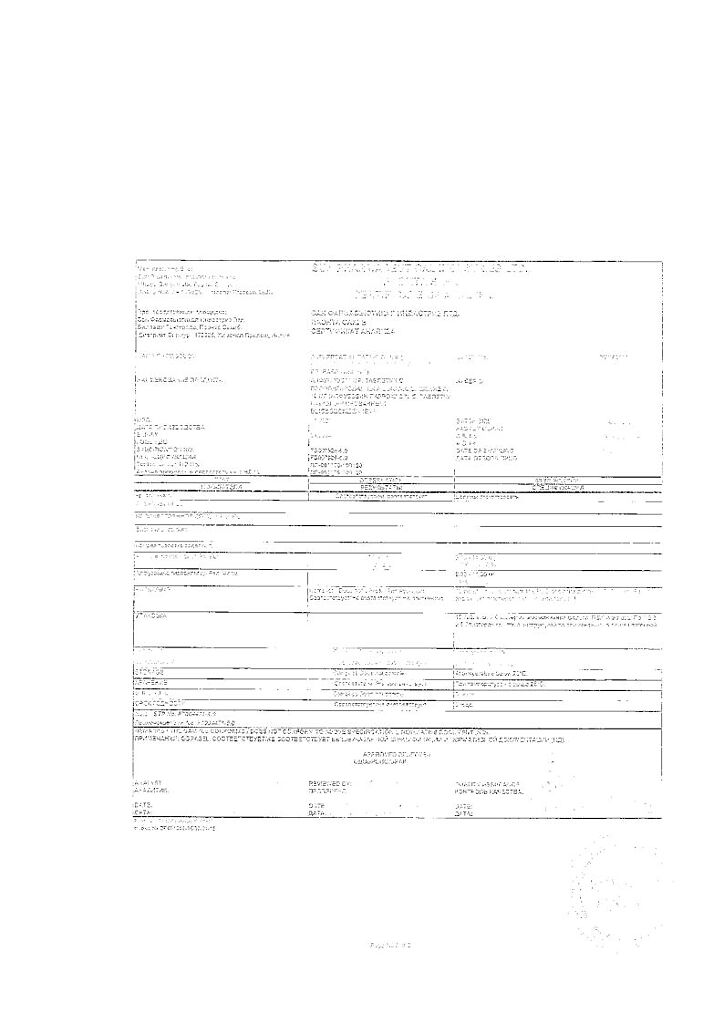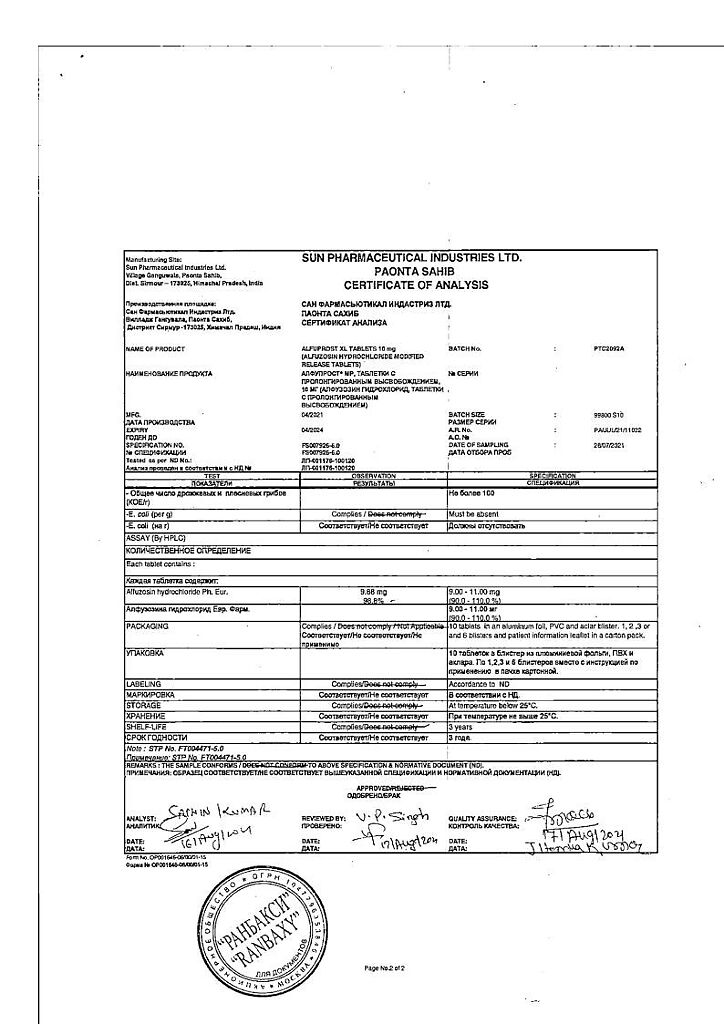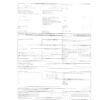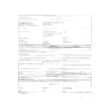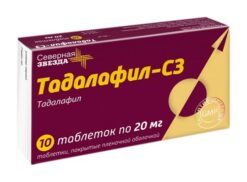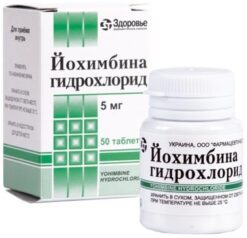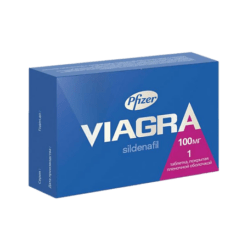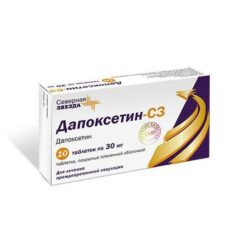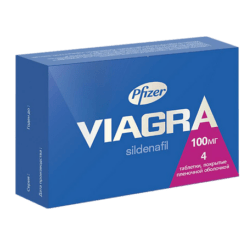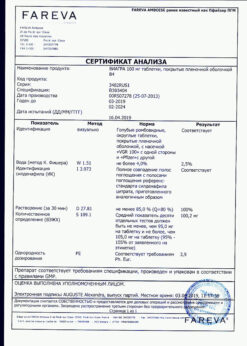No products in the cart.
Alfuprost MR, 10 mg 30 pcs.
€7.71 €6.75
Description
Pharmacodynamics
Alfuzosin is a quinazoline derivative active when taken orally. It is a selective antagonist of postsynaptic alpha1 adrenoreceptors.
In vitro pharmacological tests have shown selective action of alfuzosin on alpha1 receptors located in the prostate, at the bottom of the bladder and in the prostatic portion of the urethra. As a result of direct action on the smooth muscle of prostate tissue, alpha-1-adrenoblockers reduce resistance to urine outflow.
Alfuzosin improves urinary parameters by reducing urethral tone and resistance to outflow from the bladder, facilitating bladder emptying. Administration of alfuzosin in patients with benign prostatic hyperplasia is achieved:
- significant increase in maximum flow rate (Qmax) by an average of 30% in patients with Qmax ≤ 15 ml/s. This improvement was observed beginning with the first dose;
- significant decrease in resistance to urine flow and increase in urine excretory volume;
- significant decrease in residual urine volume.
Pharmacokinetics
absorption: The mean relative bioavailability is 104.4% compared with the immediate-release form (2.5 mg twice daily) in healthy middle-aged volunteers, and maximum plasma concentration is reached 9 hours after alfuzosin administration, compared with 1 hour for the immediate-release form.
The half-life of alfuzosin is 9.1 hours. Studies have shown that the area under the concentration-time curve when alfuzosin is taken after meals is comparable to the results when alfuzosin is taken before meals, hence food intake does not affect the pharmacokinetic profile of the drug. Compared with healthy middle-aged volunteers, pharmacokinetic parameters are not increased in elderly patients.
In comparison with individuals with normal renal function, the mean values of maximum concentration area under the concentration-time curve are moderately increased in patients with renal insufficiency, with no change in the elimination half-life. This change in the pharmacokinetic profile of alfuzosin is not considered to be of clinical significance, so it does not require dose adjustment.
Metabolism: Binding of alfuzosin to plasma proteins is about 90%. Alfuzosin is almost completely metabolized in the liver.
Elimination: only 11% of alfuzosin unchanged is found in the urine. Most metabolites (which have no activity) are excreted with feces (75-90%).
Pharmacokinetic profile of alfuzosin does not change in chronic heart failure.
Indications
Indications
Treatment of functional urination disorders in benign prostatic hyperplasia.
Pharmacological effect
Pharmacological effect
Pharmacodynamics
Alfuzosin is a quinazoline derivative that is active when taken orally. It is a selective antagonist of postsynaptic alpha-1 adrenergic receptors.
Pharmacological tests in vitro have shown the selectivity of alfuzosin on alpha-1 receptors located in the prostate gland, at the bottom of the bladder and in the prostatic urethra. As a result of a direct effect on the smooth muscle of the prostate tissue, alpha-1 blockers reduce resistance to urine outflow.
Alfuzosin improves urinary parameters by reducing urethral tone and resistance to outflow from the bladder, making it easier to empty the bladder. Taking alfuzosin in patients with benign prostatic hyperplasia achieves:
a significant increase in the maximum flow rate (Qmax) by an average of 30% in patients with Qmax ≤ 15 ml/s. This improvement was observed starting with the first dose;
a significant decrease in resistance to urine flow and an increase in the volume of urine excreted;
significant reduction in residual urine volume.
Pharmacokinetics
Absorption: The mean relative bioavailability is 104.4% compared with the immediate-release formulation (2.5 mg twice daily) in healthy middle-aged volunteers, and maximum plasma concentrations are achieved 9 hours after dosing of alfuzosin, compared with 1 hour for the immediate-release formulation.
The half-life of alfuzosin is 9.1 hours. Studies have shown that the area under the concentration-time curve when taking alfuzosin after meals is comparable to the results when taking alfuzosin before meals, therefore, food intake does not affect the pharmacokinetic profile of the drug. Compared with healthy middle-aged volunteers, pharmacokinetic parameters do not increase in elderly patients.
Compared with persons with normal renal function, the mean values of the maximum concentration of the area under the concentration-time curve in patients with renal failure are moderately increased, without changing the half-life. This change in the pharmacokinetic profile of alfuzosin is not considered to be of clinical significance and therefore does not require dose adjustment.
Metabolism: binding of alfuzosin to plasma proteins is about 90%. Alfuzosin is almost completely metabolized in the liver.
Excretion: only 11% of alfuzosin is found unchanged in the urine. Most metabolites (which are not active) are excreted in the feces (75-90%).
The pharmacokinetic profile of alfuzosin does not change in chronic heart failure.
Special instructions
Special instructions
Some individuals, particularly those receiving antihypertensive treatment, may develop postural hypotension, with or without symptoms (dizziness, fatigue, sweating), within a few hours after taking alfuzosin, as with other alpha-1 blockers.
In such cases, the patient should lie down until the symptoms disappear completely. These effects are usually temporary, occur at the beginning of treatment and usually do not affect the continuation of treatment. The patient should be warned about the possibility of such phenomena.
Patients with coronary insufficiency should not be prescribed alfuzosin as monotherapy. It is necessary to continue treatment of coronary insufficiency. If angina returns or worsens, treatment with alfuzosin should be discontinued. Patients should be warned that the tablets should be swallowed whole. The tablets should not be cracked, chewed, crushed or ground into powder.
These actions can lead to inappropriate release and absorption of the active substance and, accordingly, to side effects that can quickly develop. A particular risk is associated with the start of treatment, when symptoms such as dizziness, visual disturbances and asthenia may occur.
This should be taken into account when performing potentially hazardous activities that require special attention and quick reactions (driving a car and other vehicles, working with moving mechanisms, working as a dispatcher and operator, etc.).
Active ingredient
Active ingredient
Alfuzosin
Composition
Composition
Each extended-release tablet contains:
Contraindications
Contraindications
Hypersensitivity to alfuzosin and/or other components of Alfuprost MR.
Orthostatic hypotension.
Severe liver dysfunction.
Severe renal failure (creatinine clearance less than 30 ml/min).
Congenital lactase deficiency, lactose intolerance, glucose-galactose malabsorption.
Side Effects
Side Effects
The following undesirable effects are given in accordance with the following gradations of the frequency of their occurrence:
Very common: (≥10%);
Often: (≥1% – <10%);
Not often: (≥0.1%-<1%);
Rarely: (0.01%-0.1%);
Very rare: (<0.01%) (including isolated cases).
From the side of the central nervous system and psyche: often – weakness, feeling of general discomfort, headache; uncommon – drowsiness, dizziness, cerebral ischemia in patients with ischemic cerebral disease.
From the cardiovascular system: infrequently – tachycardia, palpitations, fainting, orthostatic hypotension; very rarely – angina pectoris in patients with coronary artery disease, atrial fibrillation.
From the respiratory system: infrequently – rhinitis.
From the digestive system: often – nausea, abdominal pain, dry mouth; infrequently – diarrhea; very rarely – damage to hepatocytes, liver disease with cholestasis.
Skin and allergic reactions: infrequently – rash, itching; very rarely – urticaria, angioedema.
Other: often – asthenia; infrequently – skin hyperemia, swelling, chest pain; very rarely – priapism.
Interaction
Interaction
Not recommended combinations:
With alpha-1 receptor blockers (prazosin, urapidil, minoxidil): increased hypotensive effect, risk of severe postural hypotension.
Combinations to consider:
With antihypertensive drugs: increased hypotensive effect and risk of postural hypotension (additive effect). With inhibitors of the CYP3A4 isoenzyme (ketoconazole, itraconazole, ritonavir): increased concentration of alfuzosin in the blood.
Overdose
Overdose
Symptoms: decreased blood pressure.
In case of overdose, the patient should be hospitalized and be in the “lying” position.
Symptomatic treatment of hypotension should be carried out (administration of vasoconstrictors and plasma expanders (to increase circulating blood volume)).
Dialysis is ineffective due to the high degree of protein binding of alfuzosin.
Storage conditions
Storage conditions
In a dry place, at a temperature not exceeding 25 °C
Shelf life
Shelf life
3 years
Manufacturer
Manufacturer
Sun Pharmaceutical Industries Ltd, India
Additional information
| Shelf life | 3 years |
|---|---|
| Conditions of storage | In a dry place, at a temperature not exceeding 25 °C |
| Manufacturer | Sun Pharmaceutical Industries Ltd, India |
| Medication form | sustained release tablets |
| Brand | Sun Pharmaceutical Industries Ltd |
Related products
Buy Alfuprost MR, 10 mg 30 pcs. with delivery to USA, UK, Europe and over 120 other countries.



